 Microblading
MicrobladingHow To Choose The Perfect Makeup Brush
The most overlooked part of your makeup routine is actually the most important, and we’ve asked three makeup artists to share their tips.
If you ask a makeup lover to talk about the favorite parts of their makeup collection, most people would mention a color eyeshadow, a glistening highlighter, or a stays-matte-all-day foundation. But, if you ask a makeup artist the same question, it’s likely that they’ll mention their brushes.
Makeup brushes are to makeup artists what paintbrushes are to painters or a beloved guitar pick is to a musician, but most people don’t realize how integral brushes are to our own makeup kits. One reason? There’s not a ton of information out there about what makes a 'good' makeup brush, so you may not even know what to look for. To better understand how to choose a makeup brush, we asked three expert makeup artists for their tips, tricks, and must-haves.
The Makeup Brushes That Should Be in Everyone’s Kit
Whether you’re a makeup maven or are just starting out on your color cosmetics journey, there are certain types of brushes that should be the foundation of your makeup kit. “A great starting point would be a foundation brush, a concealer brush, a powder brush, an eyeshadow blending brush, and an eye shadow flat brush,” says makeup artist and educator Rose Siard. “This should get you most places you need to go for day to day looks.”
Essential Makeup Brushes:
- Foundation Brush
- Concealer Brush
- Powder Brush
- Eye Shdow Blending Brush
- Flat Eye Shadow Brush
Once you’ve got the basics down, there are a few more brushes that you may want to consider to top off your tool kit.
Additional Makeup Brushes:
- Contour Brush
- Crease Brush
- Eyeliner Brush
- Lip Brush
Despite the allure of the expansive brush collections makeup gurus love to show off online, there is no need to go crazy. Celebrity makeup artist Sandy Linter says you shouldn’t feel like you need to have a massive kit. Her advice? Ask yourself how many brushes you will actually use. “Makeup artists can have a hundred brushes because they know which ones work where, but don’t confuse yourself with a large brush kit,” she cautions.
How to Choose a Makeup Brush
So, now that you know the types of makeup brushes you need, it’s time to break down what sets a good brush apart from an average one.
1. Consider the fiber density
Fiber density refers to how many bristles are placed into the ferrule (the metal ring that separates the bristles from the handle) of a brush, and it’s a key indicator of how a brush will deposit color on to your face. A dense brush will lead to a higher color payoff, while a brush with a lower fiber density will give you a softer application. Generally, eyeshadow brushes should be denser than the brushes you use for blush or for blending. The best way to examine a brush’s density before you buy is to see it in person. But, with COVID-19 restrictions still in place, Siard suggests asking for recommendations, looking at the description of the brush on the brand’s website, and reading reviews.
2. Check out the material
The hairs that make up a makeup brush are either made of synthetic or natural fibers. Natural usually means that it’s come from an animal, like a goat, sable (i.e. weasel), or squirrel, which has long raised questions about how ethically the hairs are sourced. While natural brushes used to be preferred because they were said to be softer and offer better color payoff, the attitude has shifted as technological advances greatly improved the quality of synthetic tools. “I think synthetic hair fibers are the go-to,” Siard explains. “Not only are they cruelty free, but they are also virtually indistinguishable from natural hair in regard to feel and application.”
3. Prioritize quality over quantity
When it comes to building a brush kit, you will likely get what you pay for. “Cheap brushes usually don’t hold up when they are cleaned, and they can fan out,” Linter notes. Additionally, Siard believes that good brushes can make makeup better. “In my opinion, a great quality brush can make up for a poor quality product,” she shares. “I would rather have one great eye shadow brush than three subpar ones.”
4. Know when to splurge
One more thing to keep in mind? The type of brush you need. Celebrity makeup artist and groomer Brandy Allen recommends investing in face brushes (think: foundation, powder, etc.), as they are “used on the biggest part of the makeup application.” Linter, meanwhile, likes to splurge on blush and shadow brushes. If you are in the market for a lip brush, it may be another tool worth spending a bit more on because Linter says it can be hard to find one that is full enough. On the flip side, our experts agree that there are great budget-friendly highlighter and eyeliner brushes that will do the trick for a fraction of the price.
Expert-Approved Makeup Brushes
Ready to upgrade your makeup brush game? Below are five makeup artist- and editor-approved tools to tackle your face, eyes, and body.
For Multitasking: Anisa Beauty Multi-Powder Brush
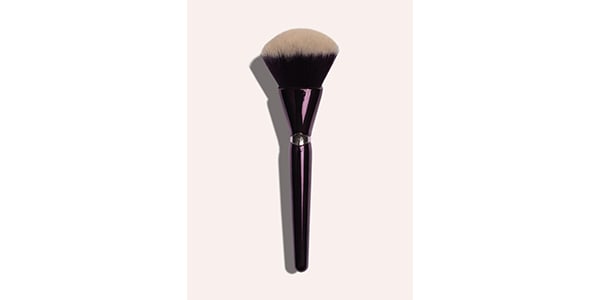
Anisa Beauty’s makeup and skincare brushes are Allen’s go-to, and this extremely versatile powder brush can be used to apply everything from blush and bronzer to highlighter and setting powder. $40, anisabeauty.com
For Face & Body: Fenty Beauty by Rihanna Face & Body Kabuki Brush 160
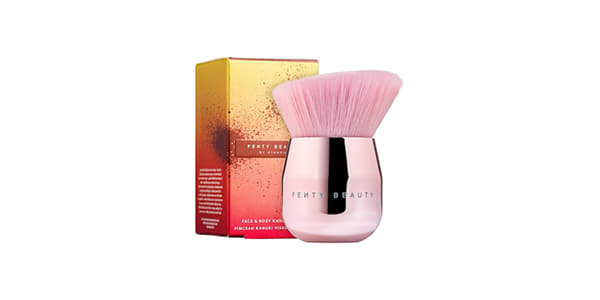
Kabuki brushes are short-handled brushes with dense bristles and a rounded shape. While they’re traditionally recommended to be used with powders, your liquid products can be applied with a kabuki brush, too. This option from Fenty is good for applying foundation, powders, highlighters, and shimmers to your face, neck, décolleté, and arms. $34, sephora.com
For Contouring: Surratt Beauty Artistique Sculpting Brush
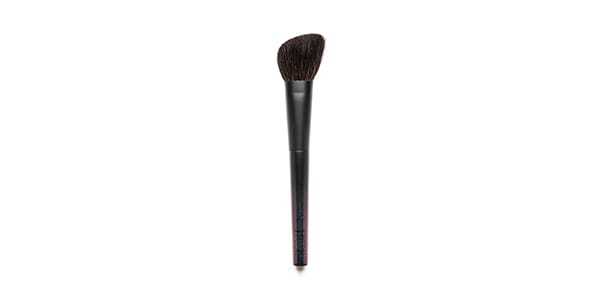
One of the pricier picks on our list, Linter says this brush is worth it because of who made it. “Troy Surratt is a makeup artist, so he understands the various needs of a brush,” she says. This sculpting tool allows for subtle and strategic contouring — no streaky lines here. $120, surrattbeauty.com
For Eye Makeup: Beautyblender High Roller Crease Brush & Cooling Roller
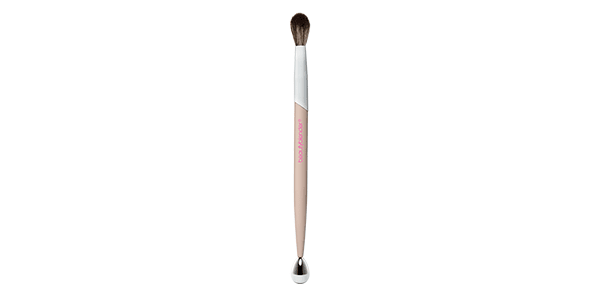
You obviously know Beautyblender for its sponges, but the brand's dual-sided makeup brushes deserve a spot in your kit, too. This fluffy, synthetic-bristle brush is perfect for applying and blending eye makeup — no matter your eye shape or skill set — while the cooling roller tip depuffs and smoothes under eyes. $33, sephora.com
For Foundation: Anisa Beauty Pinnacle Foundation Brush
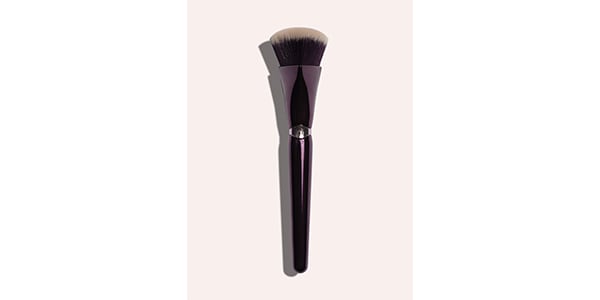
Siard says that this brush is one of her faves because applying foundation can be “so tricky” compared to other products. The dense triangle-shaped tool pairs perfectly with cream and liquid makeup, which the pro says makes an “enormous difference” in the application process. $30, anisabeauty.com
For Newbies: Zoeva Coral Shine Brush Set
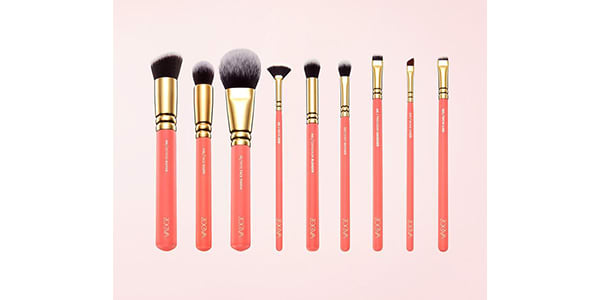
Whehter you’re building your kit from scratch or looking to start fresh, this nine-piece set has everything you’ll need and nothing more. With four face brushes and five eye brushes, your entire face will love Zoeva’s vegan designs. $95, zoevacosmetics.com
How to Take Care of Your Makeup Brushes
Here’s the good news: spending money on quality brushes means you can count on them to stand up well to the tests of time, and you can generally expect your makeup brushes to last a couple of years. In fact, Linter says she has two brushes in her kit that she’s had since the 1990s. To ensure longevity, however, your brushes need to be cared for.
Regularly washing your brushes is a must to remove the residue and bacteria that weakens both the skin barrier and the brush fibers. Siard cleans her brushes every four days, while Allen opts for a daily wash. If you know that’s not going to happen for you, she suggests using a brush cleaner each day and then going for a deep cleanse every one to two weeks, depending on how often you use them.
You’ll know it’s time to throw out a brush when the bristles start to shed, fray, or become stiff. If you notice a broken handle or ferrule, it’s also time to toss, as bacteria can enter the crack. Another clue that it might be time to swap your brushes? They're no longer applying your makeup evenly.
All products featured are independently selected by our editors, however, AEDIT may receive a commission on items purchased through our links.
More Related Articles
Related Procedures

AI Plastic Surgeon™
powered by'Try on' aesthetic procedures and instantly visualize possible results with The AI Plastic Surgeon, our patented 3D aesthetic simulator.
